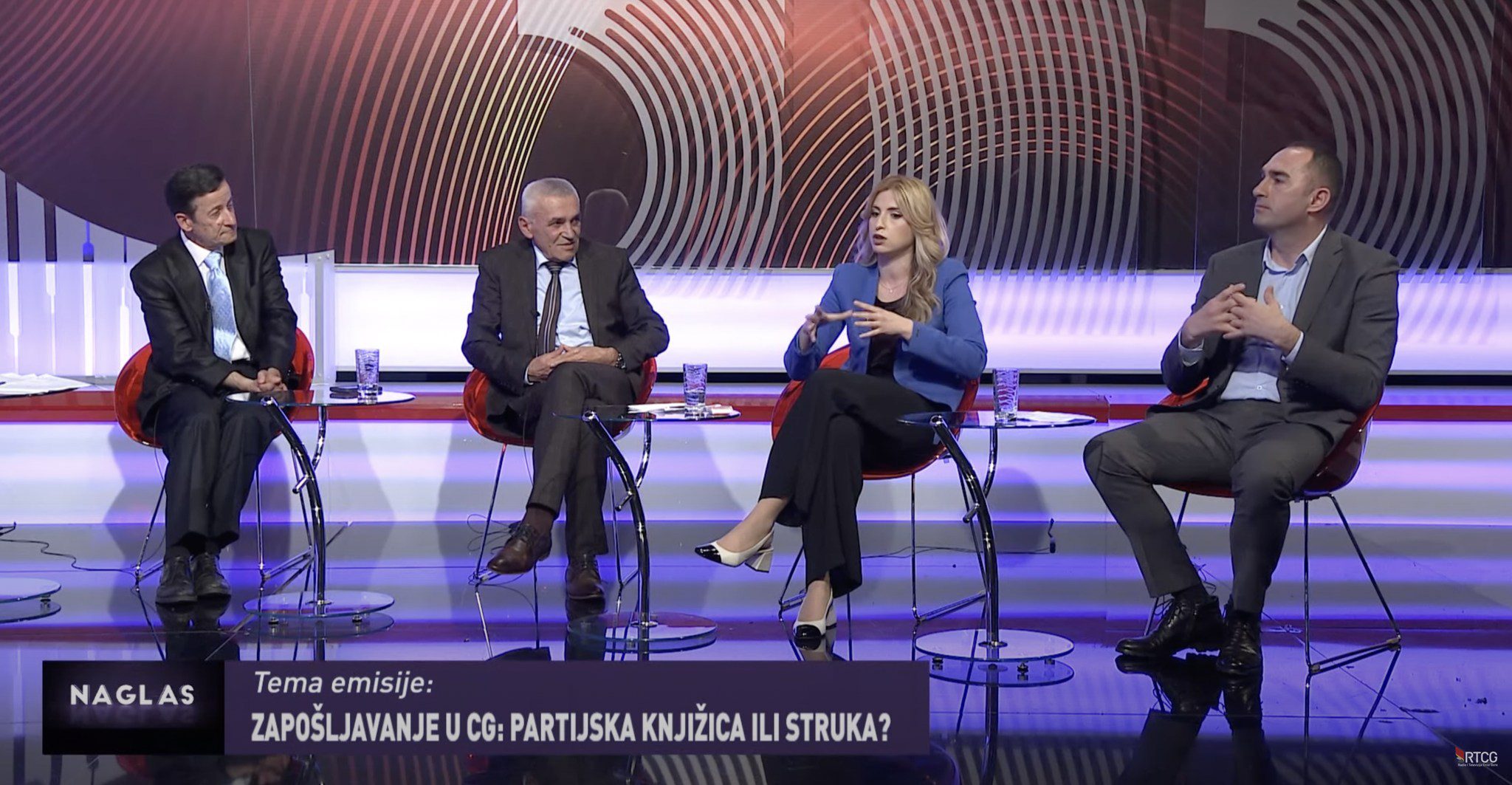May 2023
WeBER closed-door meeting in Brussels: Advocating for WB PAR Monitor 2021/2022
26. 05. 2023.
Yesterday, at the European Policy Centre – EPC Brussels premises, EU WeBER PAR Monitor 2021/2022 results were presented at the closed-door round table organised and delivered by our partner, EPC Brussels. Western Balkan countries have been pursuing EU membership for years, and this path has often proved to be as challenging as ever. Within the…
Appointments and employment in the public sector
24. 05. 2023.
Political parties fight for meritocracy only when they are in opposition, alongside the media and the NGO sector. Undue political interference in public administration recruitment is legalised because there is no guarantee that the best candidates will be chosen. Milena Muk, a public policy researcher at the Institute Alternative (IA), was a guest on the…

